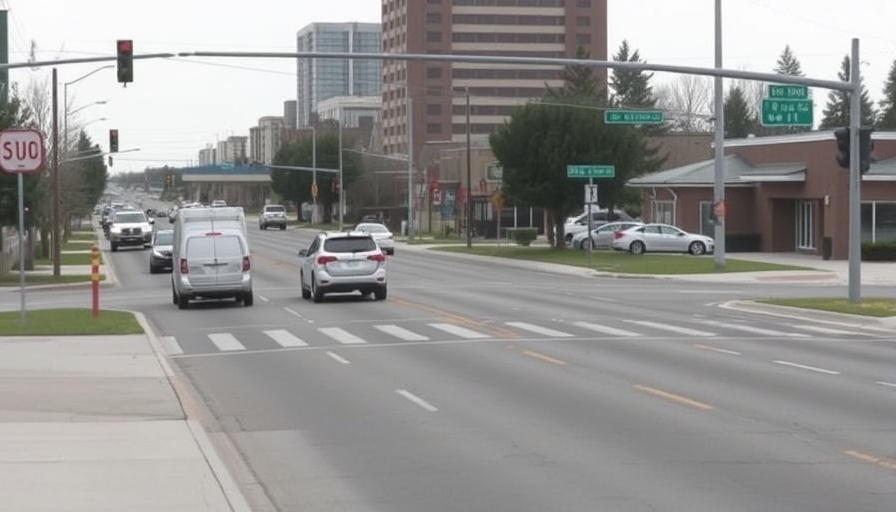
Transforming Traffic Flow: The Vision for Extended Clement Avenue
As the city of Kelowna grapples with the challenges of increasing traffic, an innovative solution is gaining momentum. The proposed extension of Clement Avenue aims to streamline the commute for residents moving between downtown, midtown, Rutland, and points northeast. Traffic Engineering Manager Gordon Foy emphasizes the project's goal: "The primary aim is to reduce the traffic congestion in the central city area." With the city's population predicted to surge by 30% over the next 15 years, now is the time to act.
Understanding the Need for Infrastructure Development
The pressing traffic issues stem partly from the natural topography of Kelowna, with Mission Creek and Dilworth Mountain creating bottlenecks. Currently, commuters face long waits at the T-intersection at Spall Road, especially during peak hours. As Foy aptly notes, the project is envisioned to create a "fourth way" for navigating through this tight corridor, thereby alleviating pressure on existing routes.
Planning for a Balanced Future
The extension will not only benefit vehicular traffic but will also integrate with the existing rail trail. This thoughtful design aims to maximize benefits while minimizing disruptions for community trail users. Foy mentions an ongoing design process that continues to evaluate how to best implement this structure—whether it will feature roundabouts, traffic signals, or a combination of both.
Public Engagement: Have Your Say!
Local residents have a valuable opportunity to contribute to the shaping of the project. The city encourages participation through its online platform getinvolved.kelowna.ca, where community input will be vital in finalizing aspects of the project. By sharing their thoughts, community members can ensure their needs are reflected in the design.
Examining Similar Initiatives: Lessons Learned
Looking beyond Kelowna, successful infrastructure projects in cities worldwide can offer lessons for this endeavor. Cities like Brampton and Vancouver have undertaken similar road expansions, focusing on optimizing traffic flow while considering green spaces. These examples underscore the importance of balancing development with community ecology—a challenge Kelowna is prepared to meet head-on.
Future Predictions: What Lies Ahead?
The project is expected to break ground as early as 2027. As the city gears up for this transformation, it creates a ripple effect, catalyzing conversations about sustainable urban growth. Residents can expect improved traffic conditions that will not only facilitate smoother travel but also enhance local commerce and quality of life.
As Kelowna embarks on this crucial journey, homeowners and residents can look forward to a future where mobility issues are addressed thoughtfully. By participating in public discussions, residents can ensure that their voices are heard in shaping a well-functioning Kelowna.
It’s exciting to imagine a more connected community, and the road ahead is filled with potential. Engaging in this process will empower residents to be part of a transformative movement shaping the future of their city!
 Add Row
Add Row  Add
Add 




 Add Row
Add Row  Add
Add 

Write A Comment